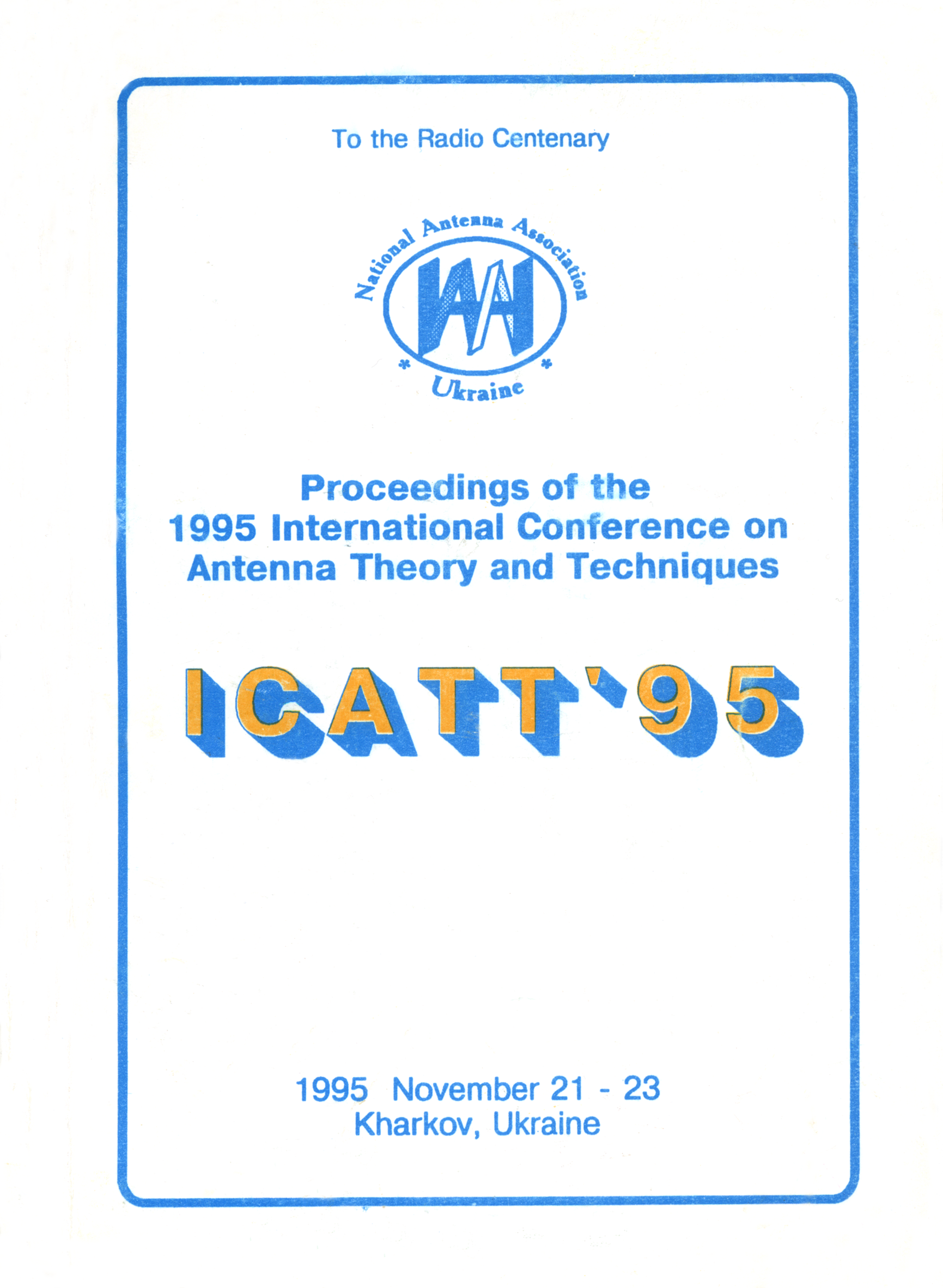Adaptive compensation of antenna gain losses for a far tropospheric propagation
DOI:
https://doi.org/10.1109/ICATT.1995.1234192Abstract
The paper presents the factors validating this problem importance for radiolinks of far tropospheric communication (FTC). These factors are the following: the mechanism of far tropospheric propagation (FTP) is not clear enough; the true information about the «momentary» change of antenna radiation pattern (RP) for FTC radiolinks is not sufficient; the data on the relationship between the «momentary» change of antenna RP for FTC radiolinks and the change of the signal level at an output of FTC radiolink is absent.
It is shown that the modem achievements of microelectronics and computer science (V. Rudakov, increasing of efficiency and reliability of radio electronic systems”, No 7-8, Leningrad, 1978) allow to improve the output signal/noise level and, by using a microprocessor, to process in the real time the full information about a signal at the FTC radiolink output.
The general characterization of a method for the compensation of antenna gain losses, as a compensation method of fast and slow fading in FTP, is given. First, momentary RP changes are controlled fragmentarily by turning on n antenna feeders placed in the focal plane of the two reflector antennas of the radiolink, connected to each other according to the radio-interferometer scheme. This leads to the «forming» of equivalent n channels of signal space/time division for the FTC radiolink. Second, the signals at the outputs of n channels of the FTC radiolink are recorded in a microprocessor’s RAM for the selection of the channel having the maximum signal/noise level for the following regimes: linear addition, autoselection, optimum addition.
Improvement due to using the adaptive compensation of antenna gain losses in the case of the fast signal fading in FTC radiolinks is equal to 3.4-7.8 dB provided that the antenna gain equals to 40-49 dB.

